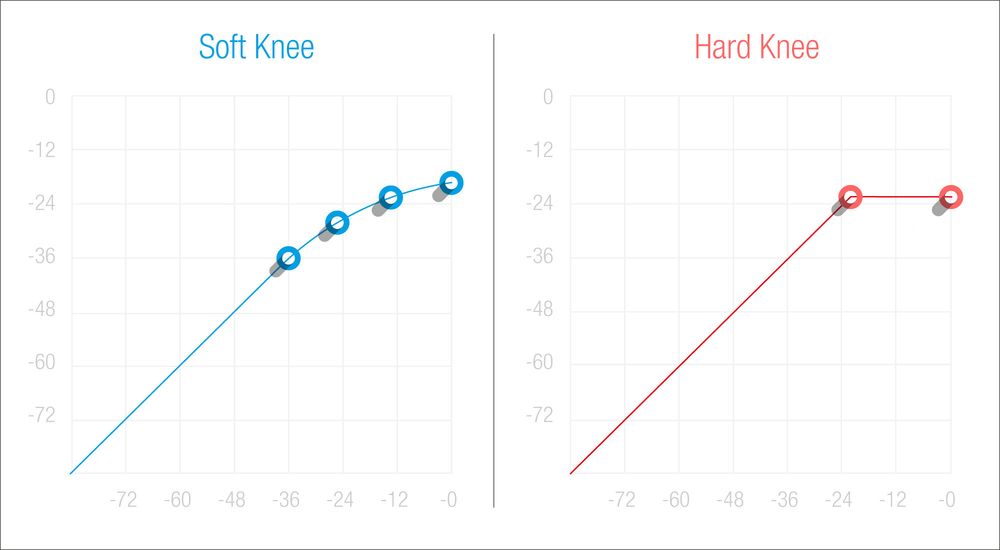4. Dynamics effects
If you're working with instruments that have significant volume differences or dealing with background noise during breaks, you can solve some of these problems with the dynamic processing of a multi-effects unit.
For instance, a compressor reduces the dynamic range of an audio signal. It squeezes ("compresses") the level peaks and then makes the signal louder through makeup gain. This process adds sonic compactness and assertiveness. Common use cases include vocals, acoustic guitars, and other instruments with inconsistent volume. Nowadays, there are compressors with straightforward one-knob control for all parameters. If you want more precise adjustments, look for units where you can set the compressor's threshold, determining at what audio level compression begins. The reduction ratio controls how strong the compression is. The attack and release settings determine how quickly the compressor kicks in and out. The makeup gain is adjusted with a gain control. If these parameters are adjustable, you have full control over compression. An additional helpful feature can be parallel compression, where the compressor's output is mixed more or less equally with the original signal. You can recognize this by the mix control on a dynamic effect.

A compressor reduces the dynamic range of an audio signal
A limiter, on the other hand, is a special dynamic effect that limits extreme level peaks. It's useful for preventing input or output signals from clipping. Not addressing level peaks but the quieter spaces in an audio signal, a gate comes into play. The long form, "Noise Gate," already describes its main application. A gate reduces background noise and noise between instrument or vocal passages, making it less prominent. Again, parameters like threshold, attack, and release are crucial. This dynamic effect can help make your audio signals sound significantly cleaner. It's a must for processing vocals, drums, and various other instruments.
Speaking of vocals, the de-esser is also a dynamic effect. It can filter out sharp "s" sounds in vocals and speech. To do this, it limits its working range to two filter frequencies. In the next step, the frequency range in between is compressed without makeup gain. Another essential tool for singers and speakers.


